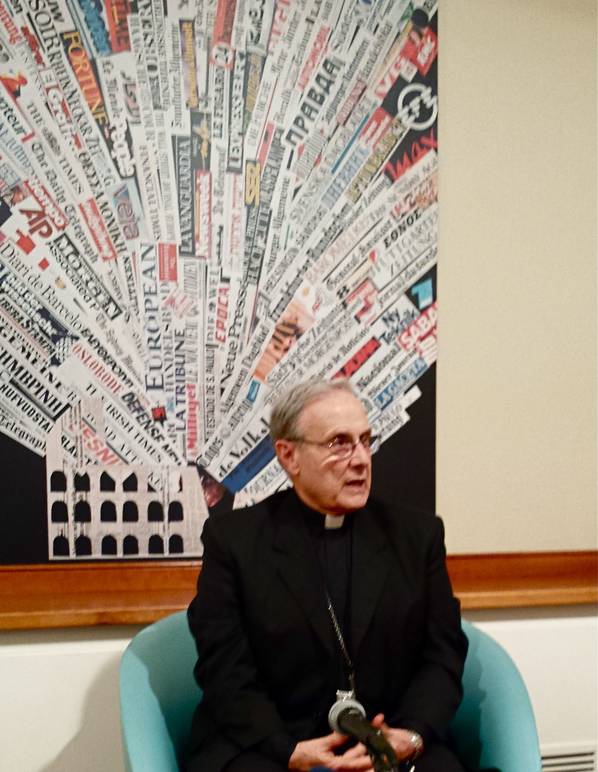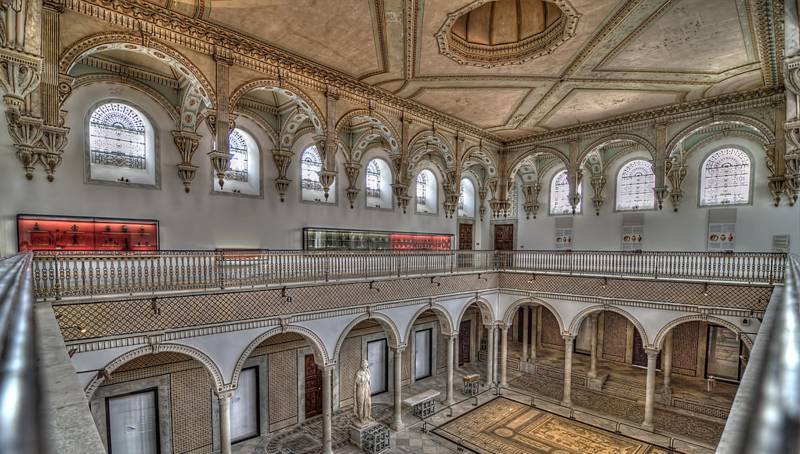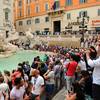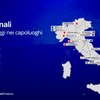If a Terrorist Hides Among Migrants. What of the Mass of Innocents Fleeing War?
ROME – On March 18 this year Islamic State (ISIS) gunmen opened fire at the Bardo Museum in Tunis. In the attack a local security guard, a cleaning woman and 17 European tourists, among them four Italians, were killed, along with two of the terrorists. With its fabulous horde of ancient Roman mosaics, the Bardo is a favorite tourist site, and Tunisia is considered Western friendly. Not surprisingly, therefore, of the 24 injured, all but two were foreign visitors.
Last week a 22-year-old Moroccan youth who lives in Milan was arrested by Italian police after Tunisian authorities issued a warrant for his extradition on grounds of his participation in that heinous terrorist attack. Abdel Majid Touil was placed for three days in solitary confinement while his mother loudly protested that he had been at home and in her presence on the day of the attack on the Bardo. Touil himself denies ever having set foot in Tunisia, and puzzled Italian police have asked if this is possibly a case of mistaken identity.
From Tunis this weekend came a leak from their investigators, hinting that, while Touil was not directly involved in the shootings, he allegedly gave his own passport to one of the gunmen to use for a speedy get-away, and then he himself returned, clandestinely, aboard one of the boats bringing migrants out via Libya to Italy. Italian investigators say that he arrived on Feb. 17 on a 45-foot-long boat together with no less than 600 other migrants.
Nothing here is proven, and Touil may never be extradited on grounds that that Tunisia has the death penalty. In Italy he was attending a course to learn Italian. According to his buddies, he was too poor to buy even a cigarette, and moreover had only an antique cell phone. But whether or not he is guilty (and he continues to deny that he ever set foot in Tunisia), this incident is part of the nightmare scenario: that among the migrants fleeing into the Southern European coast across the Mediterranean terrorists may lurk.
The onslaught of migrants continues, moreover. On a single day, April 15, 677 migrants plus the body of a woman who was drowned were brought into the port at Reggio Calabria aboard the Italian navy ship “Orione,” after their own crafts sank. Migrants also arrive overland into Italy. And in the newest wrinkle, according to Italian press reports, the traffic now flows in two directions as ISIS sympathizers from Great Britain make their way through Italy to Sicily and onward, to join the combat in Syria.
These horror stories overshadow the plight of the vast majority of migrants, “that 70% who are fleeing certain death while knowing that they risk a probable death while crossing the desert and the sea,” in the words of Monsignor Domenico Mogavero, who is bishop of Mazara del Vallo in Sicily. Mons. Mogavero knows of what he speaks: Mazara is one of Italy’s coastal towns closest to Libya, only 100 nautical miles distant, and is regularly flooded with migrants.
Speaking May 21 with a small group of foreign journalists in Rome, he said that the Mediterranean is now a cemetery for perhaps 25,000 who died during the attempt at crossing. The Catholic church is in the forefront of those attempting to deal with the survivors, and church and other humanitarian volunteers are the first to have contact with those arriving. Police are also on hand but, so as not to frighten the migrants, “especially the women,” they wear plain clothes.
“When the migrants arrive, they desperately need water, food, clothing and hygiene – they have been stuck for days one atop the other,” he said. “It is tristissimo – very sad. And then we must find a place to lodge them: church buildings, hotels, homes for the aged. Many arrive in a state of confusion, and some of the women are pregnant as a result of repeated rape. They have to find a reason to go on living.”
According to Mogavero, some have been kept in a holding pattern there for 18 months, waiting for their requests for asylum to be accepted. “We have to find a way to keep them busy, or it’s a tinderbox, especially for the unaccompanied minors.” One Sicilian town alone, Augusta, is home to 180 minors, and each must have a formally named “tutor” to accompany him or her when leaving the camp for, say, dentist or doctor. “We organize Italian lessons, soccer games, a choir, meetings, so as to keep down their aggressive feelings,” he said. “They get frustrated.”
One of the foreign journalists asked if it is true that the migrants take away jobs from Italians. In Sicily, Mogavero replied, the fishing boats have from 30% to 70% migrant labor, “but if they did not, the boat owners would not be able to work at all. The migrants are not stealing jobs, but make it possible for certain jobs to go ahead. They do the work the locals do not want to do—like picking grapes and olives.” Natality in Italy is 0.8% per woman, he added, “and if others did not come here to work, the jobs would simply not get done.”






































i-Italy
Facebook
Google+
This work may not be reproduced, in whole or in part, without prior written permission.
Questo lavoro non può essere riprodotto, in tutto o in parte, senza permesso scritto.